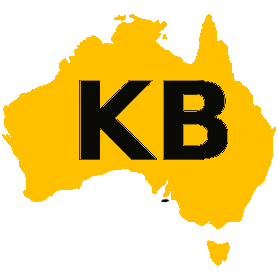Core Asset Management is Asset Management which relies primarily on the use of an asset register, maintenance management systems, job/resource management, inventory control, condition assessment, simple risk assessment and defined levels of service in order to establish alternative treatment options and long-term cashflow predictions. Priorities are usually established on the basis of financial return gained by carrying out the work (rather than detailed risk analysis and optimised decision making).
National Asset Management Assessment Framework
The National Asset Management Assessment Framework specifies that the following information should be included in Asset Management Plans to reach core level.
There are documented Asset Management Plans for all material asset groups in a consistent format in accordance with industry best practice (E.g. Appendix A of the International Infrastructure Management Manual (IIMM)) available to all relevant staff across the organisation.
The Asset Management Plans define which asset groups are covered by each Plan in accordance with a clearly documented Infrastructure Asset Hierarchy.
With respect to the content of the Asset Management Plans, they:
a. Refer to Council's Asset Management Policy and Asset Management Strategy;
b. Include all assets and document asset inventory information for the asset group/category as recorded in the asset register;
c. Document the asset hierarchy within each asset group;
d. Document the current condition of assets;
e. Document the adopted useful lives of assets;
f. Include risk assessment and criticality profiles;
g. Provide information about assets, including particular actions and costs to provide a defined (current and/or target) level of service in the most cost effective manner.;
h. Include demand management forecasts;
i. Address life cycle costs of assets;
j. Include forward programs identifying cash flow forecasts projected for:
i. Asset Renewals;
ii. New Assets and Upgrades of existing assets;
iii. Maintenance expenditure;
iv. Operational expenditure (including depreciation expense);
k. Address asset performance and utilisation measures and associated targets as linked to levels of service;
l. Include an asset rationalisation and disposal program; and
m. Include an asset management improvement plan.
n. Include consideration of non-asset service delivery solutions (leasing private/public partnerships)
o. Recognise changes in service potential of assets through projections of asset replacement costs, depreciated replacement cost and depreciation expense.
The Asset Management Plans link to the Council’s Asset Management Policy, Asset Management Strategy, Strategic Longer Term Plan, Long Term Financial Plan and other relevant Council Policy objectives.
The Asset Management Plans have all been prepared in association with community consultation.
